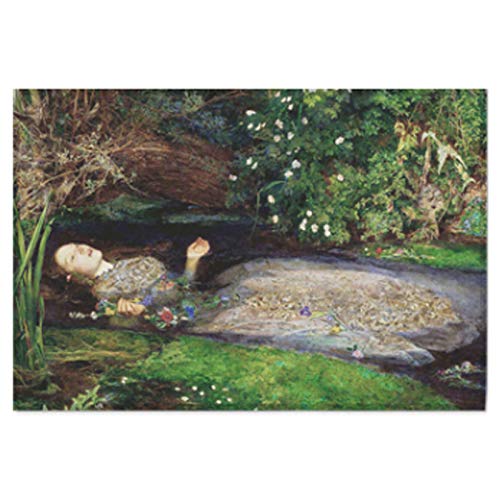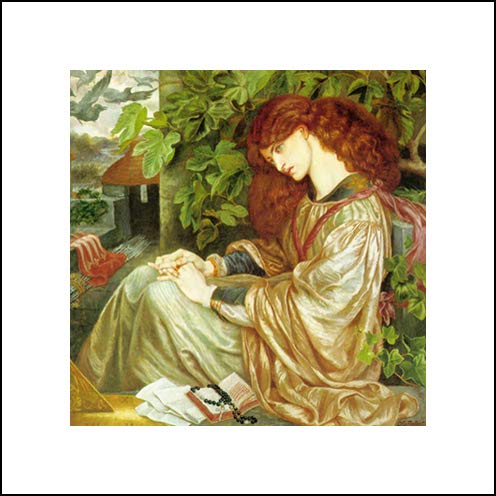Pre-Raphaelitism emerged in Great Britain in 1848 when a small band of disaffected artists rebelled against the British Royal Academy orthodoxy that enforced on artists a narrow range of idealized or moral subjects drawn from the early Italian Renaissance and Classical art. Conventional definitions of beauty inspired by 16th century artists like Raphael were supported while alternative expressions were shunned. Rote learning was replacing truth and experience.
The Pre-Raphaelite Brotherhood, led by John Everett Millais, Dante Gabriel Rosetti, John Ruskin, William Holman Hunt, James Collinson and Thomas Woolner, turned to artists prior to the Renaissance for their inspiration, hence pre-Raphaelitism.
“Pre-Raphaelitism is not Pre-Raphaelism,” Hunt explained, pointing out that it was the orthodoxy and not Raphael that the Brotherhood rebelled against.
Pre-Raphaelites felt the artists working prior to Raphael were better at depicting nature and the human body realistically, rather than idealistically. And, they felt the collective guilds of medieval craftspeople offered an alternate vision of artistic community to the academic approaches and encroaching industrialism of their day.
Victorian Radicals: From the Pre-Raphaelites to the Arts & Crafts Movement , by Martin Ellis, Timothy Barringer and Victoria Osborne. Prestel, 2018.


